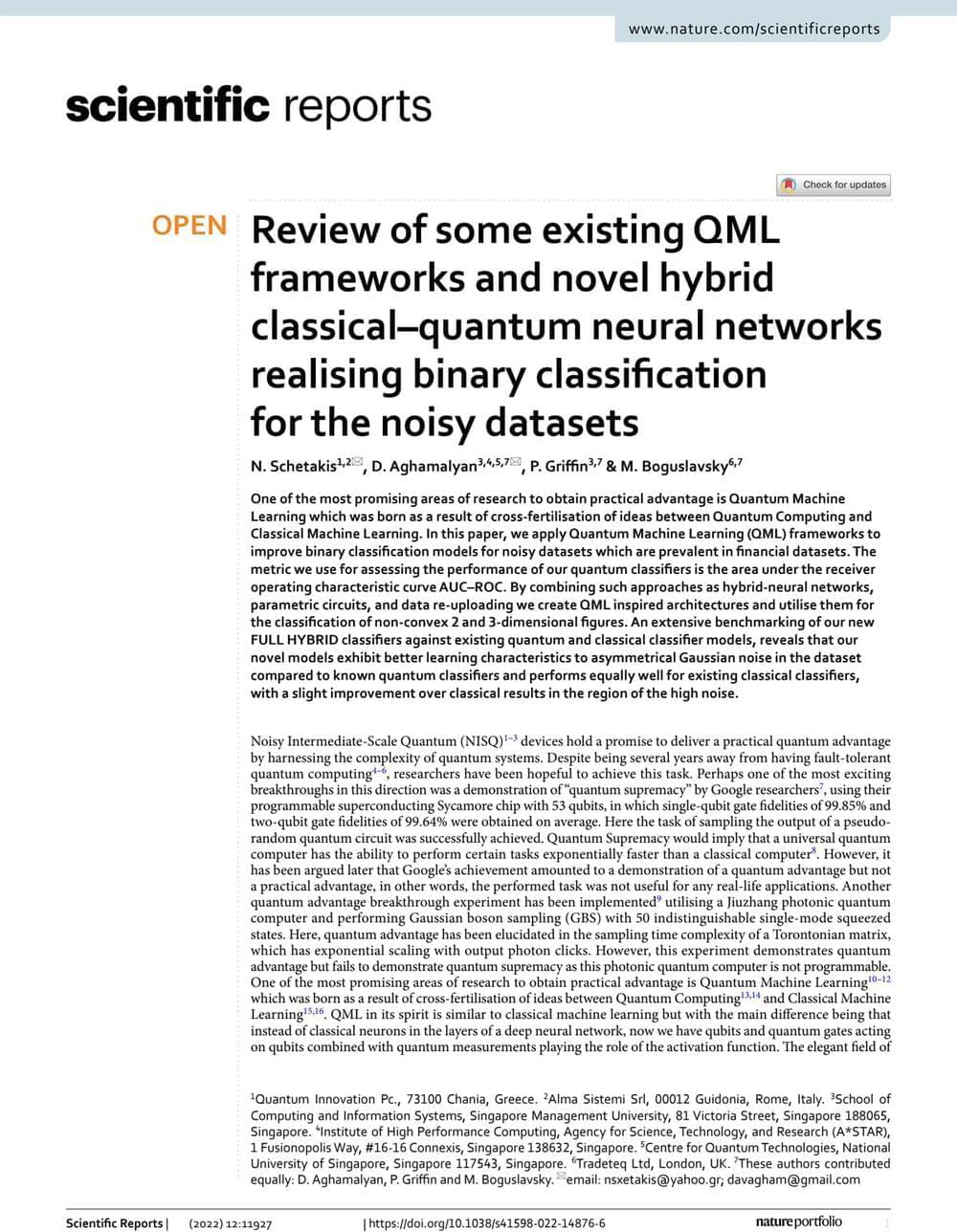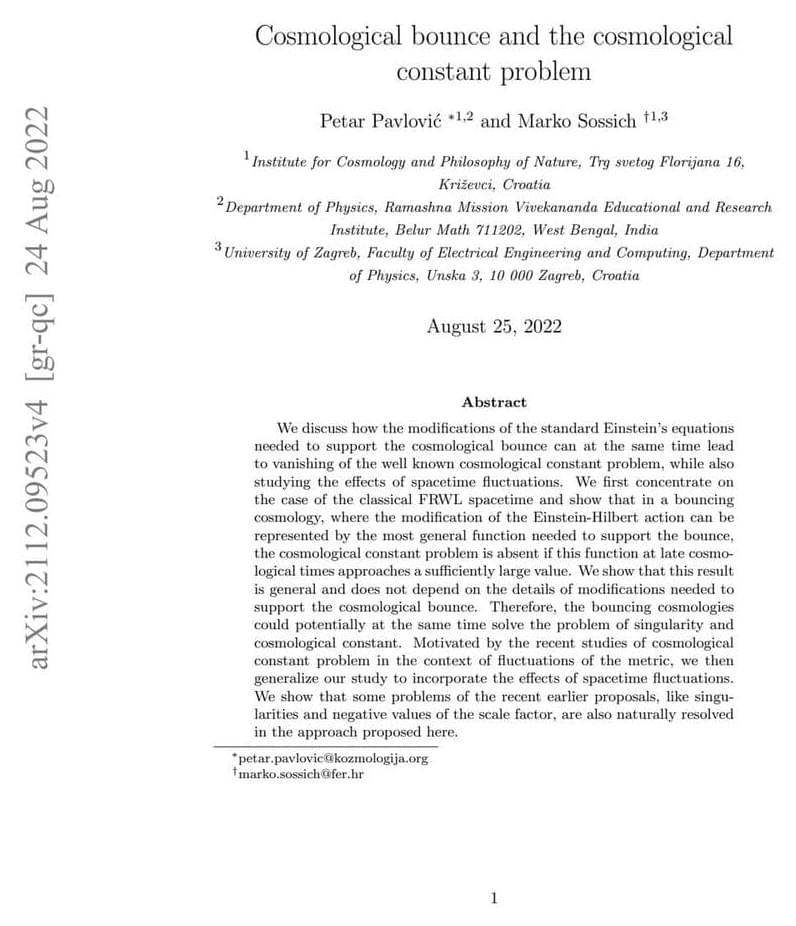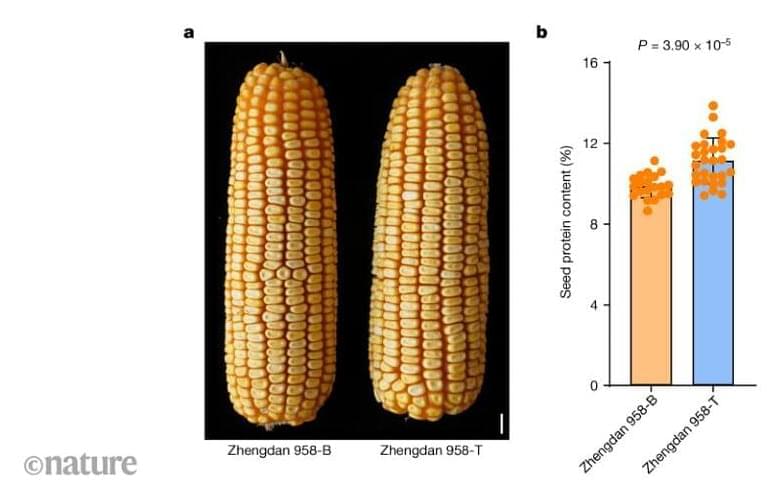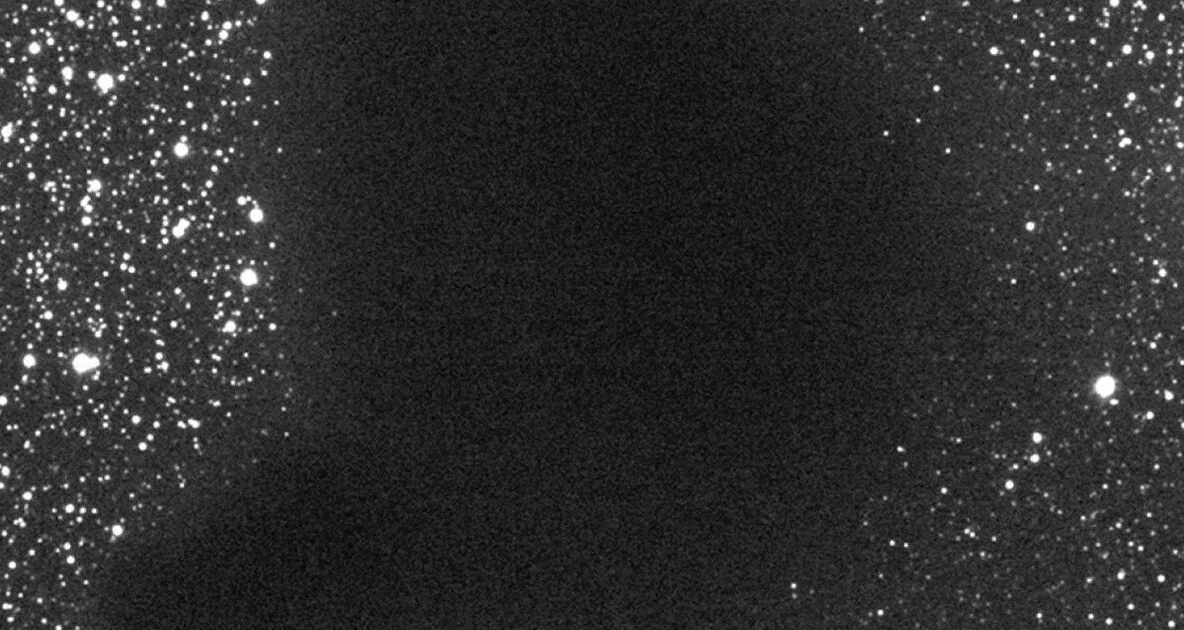Dropbox is a free service that lets you bring your photos, docs, and videos anywhere and share them easily. Never email yourself a file again!




Visit our sponsor, Brilliant: https://brilliant.org/IsaacArthur/
According to modern cosmology, one day all the stars will burn out and the Universe will be full of dead planets, black holes, and other stellar remnants, slowing decaying till entropy brings the Heat Death of the Universe. But could this fate be postponed or even reversed?
Visit our Website: http://www.isaacarthur.net.
Support us on Patreon: https://www.patreon.com/IsaacArthur.
SFIA Merchandise available: https://www.signil.com/sfia/
Social Media:
Facebook Group: https://www.facebook.com/groups/1583992725237264/
Reddit: https://www.reddit.com/r/IsaacArthur/
Twitter: https://twitter.com/Isaac_A_Arthur on Twitter and RT our future content.
SFIA Discord Server: https://discord.gg/53GAShE
Listen or Download the audio of this episode from Soundcloud: Episode’s Audio-only version: https://soundcloud.com/isaac-arthur-148927746/postponing-the…e-universe.
Episode’s Narration-only version: https://soundcloud.com/isaac-arthur-148927746/postponing-the…ation-only.
Credits:
Postponing the Heat Death of the Universe.
Episode 225; Feb 13, 2020
Writers:

Participants with the top five fastest times will win a chance to compete on a livestream competition featuring a leaner, meaner escape room. The winner of the livestream will win $2,000!
Win $2,000 by conquering the ultimate Google Sheets escape room.
Read more about Scientists Discover A Self-Destruct Button For The Entire Universe.
Why nuclear fusion may be the future of energy. Visit https://brilliant.org/undecided to sign up for free. And also, the first 200 people will get 20% off their annual premium membership. Fusion energy is considered by many as the holy grail for supplying all of our clean electricity needs. However, the old joke is that nuclear fusion is always 30 years away, no matter what advances or promises are made. But now there are several privately funded startups that are accelerating nuclear fusion development with the ultimate goal of commercializing electricity production much sooner than you might think possible. There’s a lot of interesting developments and news around these companies to sift through. What makes each of these companies’ fusion promises unique compared to what’s come before? And will they finally break that 30 year curse?
Watch The Future of Solid State Wind Energy — No More Blades https://youtu.be/nNp21zTeCDc?list=PLnTSM-ORSgi4dFnLD9622FK77atWtQVv7
Commonwealth Fusion Systems video: https://youtu.be/-KEwkWjADEA
Sabine Hossenfelder YouTube Channel: https://www.youtube.com/watch?v=LJ4W1g-6JiY
Video script and citations:
https://undecidedmf.com/why-nuclear-fusion-is-closer-than-you-think/
Follow-up podcast:

